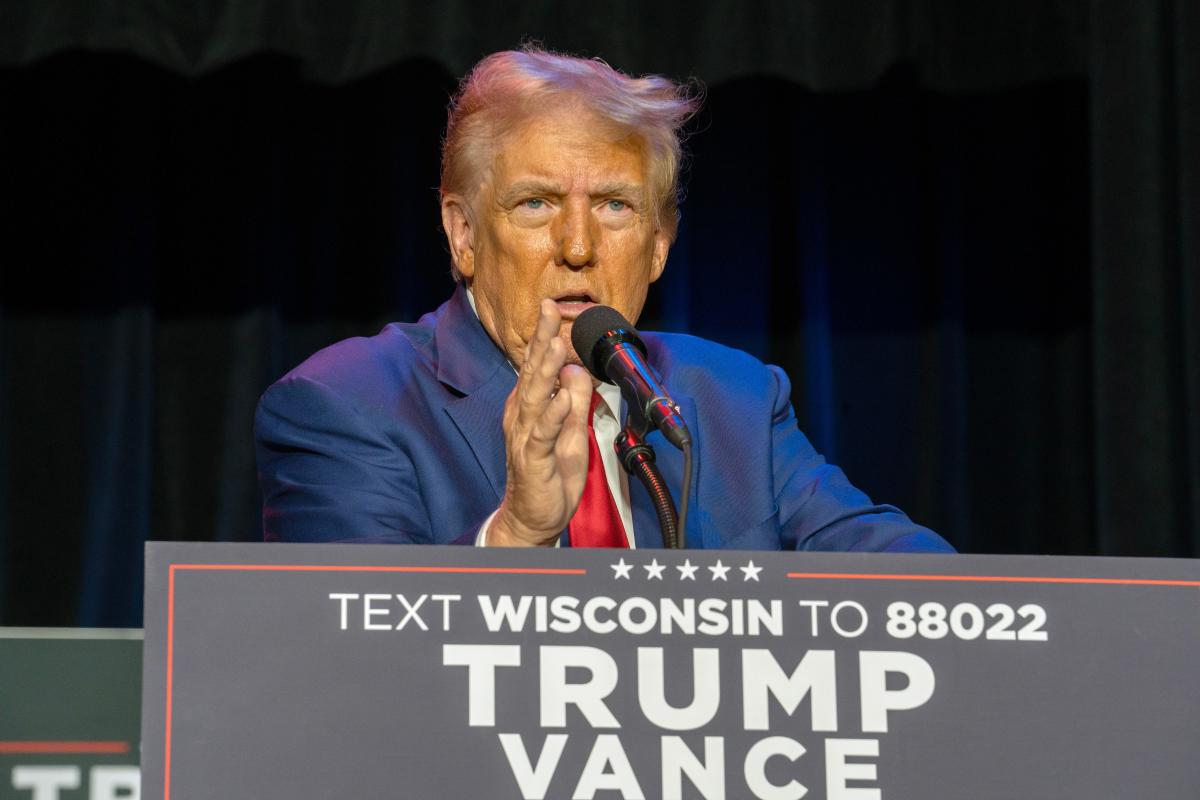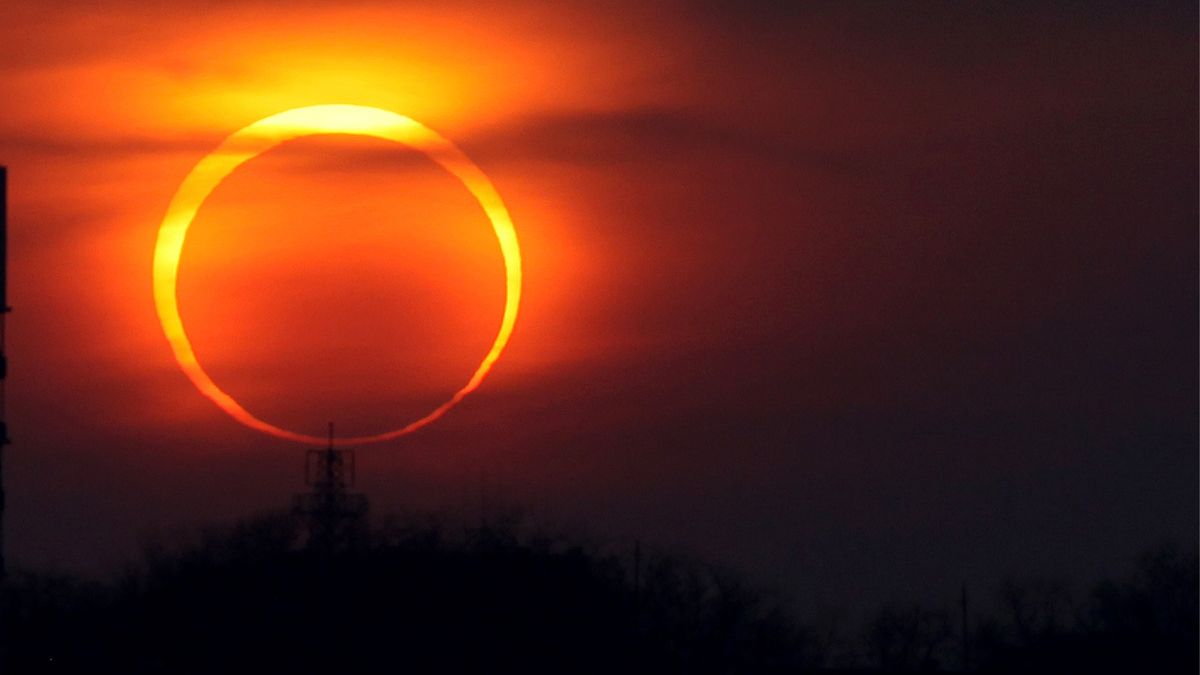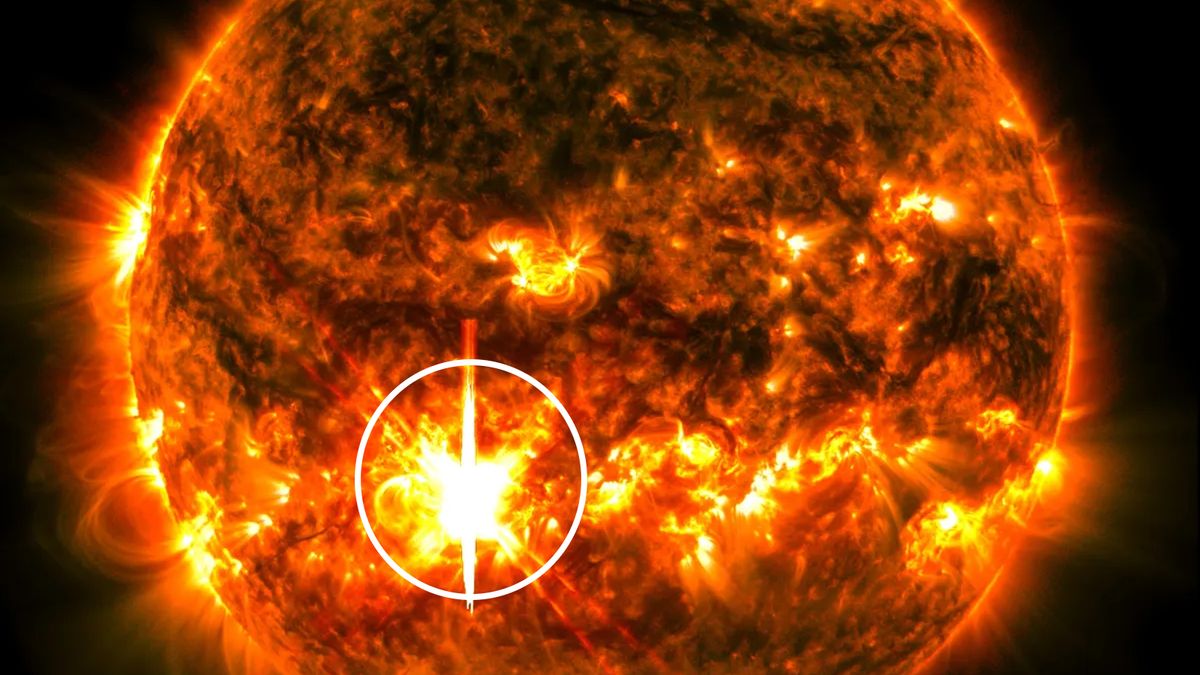For more than a decade, the annual flu shot has protected against four types of the influenza virus — but this year, that has changed.
In the United States, vaccines for the 2024-2025 flu season provide protection against only three subtypes of influenza: two influenza A viruses, called H1N1 and H3N2; and one influenza B virus, known as the “Victoria lineage.” A fourth kind of flu virus — the “Yamagata lineage” — has been dropped from the formulation. This will be the first time since 2012 that U.S. flu vaccines have been trivalent, meaning three-component, as opposed to quadrivalent, or four-component.
But why the change?
Based on all available evidence, the Yamagata lineage is now extinct. So, in March 2024, the U.S. Food and Drug Administration (FDA) announced that this year’s flu vaccines would not include that subtype of virus, because it hasn’t sickened anyone in years. We know this because there is a global consortium of scientists that regularly isolates flu viruses from sick patients and then analyzes the viruses’ genetic material.
Related: At-home flu vaccine approved by FDA — what to know
The FDA made this decision following recommendations from its Vaccines and Related Biological Products Advisory Committee, and shortly after, the World Health Organization issued the same recommendation on a global scale. However, it may take time for global manufacturers to switch to the new formula, STAT News reported.
Flu vaccines are designed to protect people against the most common subtypes of influenza that sicken people each season. Within those subtypes, scientists predict which strains are most likely to circulate in the upcoming flu season by tracking infections in the opposite hemisphere, since the Northern and Southern hemispheres’ flu seasons alternate.
Flu shots work by priming the immune system to make antibodies that are ready to attack the selected flu strains if a vaccinated person is exposed.
Scientists reported early hints that the Yamagata lineage had gone extinct in 2021, when they started to notice that no one in the world was getting sick with that subtype of flu. The most likely explanation, experts speculated at the time, is that Yamagata disappeared due to public health measures aimed at reducing the spread of COVID-19. Early in the pandemic, many people were masking, social distancing and staying at home when they were sick, which had a knock-on effect of curtailing other respiratory infections, like the flu.
Of the influenza B viruses, Yamagata probably took the hit because it was circulating at much lower levels than Victoria before the pandemic began, Kevin McCarthy, an assistant professor of microbiology and molecular genetics at the University of Pittsburgh, told Live Science. Yamagata also might be inherently more vulnerable to extinction than other subtypes of the virus, he suggested. It has a comparatively poor ability to infect large numbers of people at once.
Because no one’s been spotted with a Yamagata infection since March 2020, it makes sense to drop Yamagata from future flu vaccines.
“There’s really no reason to include the strain if you’re not expecting people to actually be exposed to it and get infected,” Hanover Matz, a postdoctoral research associate at Washington University School of Medicine in St. Louis, told Live Science.
With Yamagata out of the equation, manufacturers might be able to make more doses of the flu vaccine, CNN reported in March. Plus, they wouldn’t need to cultivate as many viruses in the lab, so the change could cut down on the potential risks associated with this production step. Currently, many flu vaccines require scientists to grow flu viruses in eggs or cells, which introduces a very tiny risk that the viruses may escape; scientists follow strict safety protocols to avoid such accidents.
Importantly, dropping Yamagata won’t lower the effectiveness of future flu shots, because the vaccines are designed to provide protection only against the strains of the virus they contain, McCarthy said. Thus, removing Yamagata won’t influence how well the vaccines work against H1N1 or the Victoria lineage.
Public health officials will continue to monitor for any traces of the Yamagata lineage, despite evidence of its extinction. If Yamagata were to return, scientists could just make the vaccine quadrivalent again, McCarthy said.
This article is for informational purposes only and is not meant to offer medical advice.
Ever wonder why some people build muscle more easily than others or why freckles come out in the sun? Send us your questions about how the human body works to [email protected] with the subject line “Health Desk Q,” and you may see your question answered on the website!















